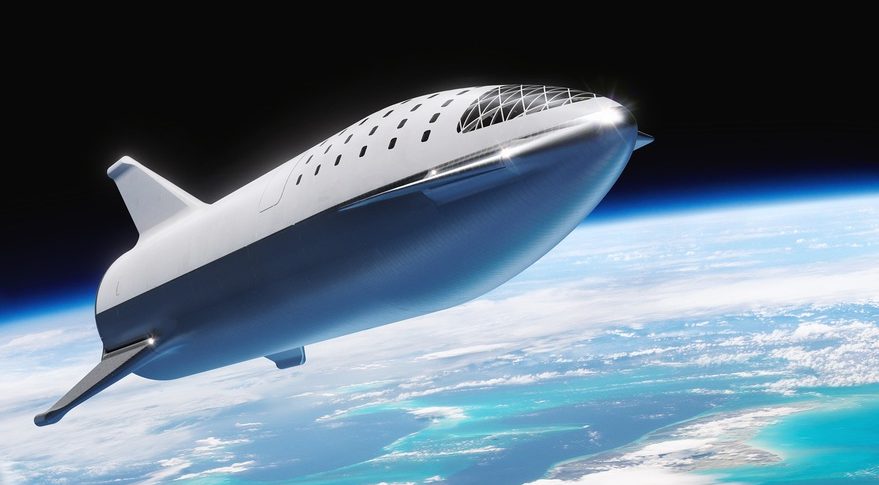FCC License Application Sheds Light on SpaceX Vehicle Testing Plans

WASHINGTON — SpaceX has filed a license application with the Federal Communications Commission to cover testing at the company's South Texas launch site of what may be the company's next-generation launch vehicle.
The application, dated Nov. 19 and posted on a publicly accessible FCC database Nov. 21, seeks an experimental communications license to cover transmissions to and from an unspecified vertical takeoff, vertical landing (VTVL) vehicle that company plans to fly at its launch site under construction on the coast of the Gulf of Mexico near Brownsville, Texas.
During the tests, the vehicle "will take off, ascend vertically to a low altitude, and then descend back to its original landing spot," according to a description attached to the application. SpaceX did not respond to a request for comment about the FCC license application Nov. 23. [SpaceX's First Falcon Heavy Rocket Mission in Photos]
SpaceX is planning both low- and high-altitude tests of the vehicle. During the low-altitude tests, taking place as frequently as three times a week, the vehicle will ascend to no more than 500 meters on flights lasting about 100 seconds. High-altitude tests, taking place weekly, will see the vehicle as high as 5,000 meters on flights lasting up to six minutes.
The application doesn't name the vehicle or provide other technical details about it. However, the leading candidate for this vehicle is the upper stage, or spaceship, portion of SpaceX's next-generation reusable launch vehicle, officially known until earlier this week as the Big Falcon Rocket, or BFR. In a series of tweets late Nov. 19, SpaceX Chief Executive Elon Musk announced that the BFR's upper stage would henceforth be known as Starship, while the lower, booster stage would be called Super Heavy.
Musk and other SpaceX officials have previously said that initial "hop" tests of what's now called Starship would start in late 2019 at the South Texas site. The application didn't state when those flights would begin, but the company said it expected to need the experimental license for two years.
If this is indeed an experimental version of Starship, the planned tests appear to parallel the company's development of a version of its Falcon 9 rocket that can land and be reused. Two development vehicles, called Grasshopper and F9R Dev and based on the Falcon 9's first stage, flew a number of relatively low-altitude test flights at the company's engine test facility near McGregor, Texas. Those tests, which ended with the loss of the F9R Dev vehicle during an August 2014 flight, demonstrated the ability of the vehicle to make powered landings, enabling landings of the Falcon 9 to begin in December 2015.
Get the Space.com Newsletter
Breaking space news, the latest updates on rocket launches, skywatching events and more!
Those earlier Grasshopper and F9R Dev flights also required from the Federal Aviation Administration's Office of Commercial Space Transportation an experimental permit, a streamlined version of a launch license intended for suborbital tests of reusable vehicles. SpaceX noted in its FCC license application that it is also applying for an experimental permit from the FAA for these future tests.
This story was provided by SpaceNews, dedicated to covering all aspects of the space industry.
Join our Space Forums to keep talking space on the latest missions, night sky and more! And if you have a news tip, correction or comment, let us know at: community@space.com.

Jeff Foust is a Senior Staff Writer at SpaceNews, a space industry news magazine and website, where he writes about space policy, commercial spaceflight and other aerospace industry topics. Jeff has a Ph.D. in planetary sciences from the Massachusetts Institute of Technology and earned a bachelor's degree in geophysics and planetary science from the California Institute of Technology. You can see Jeff's latest projects by following him on Twitter.












